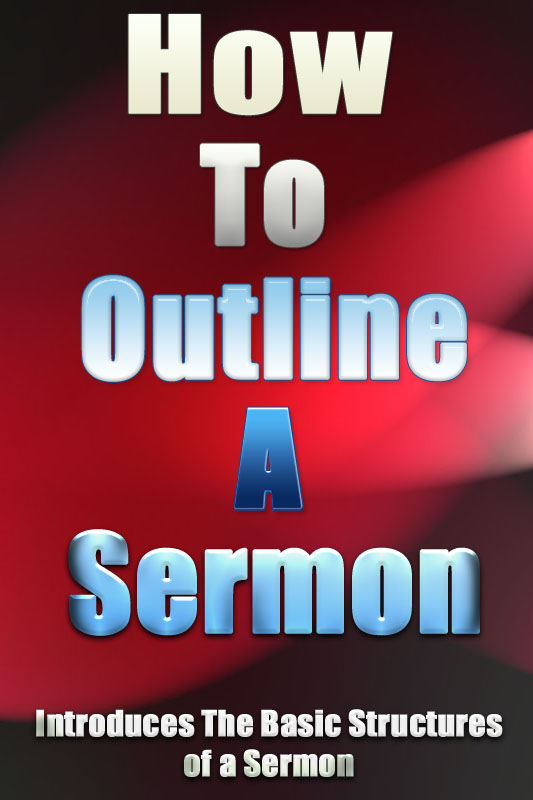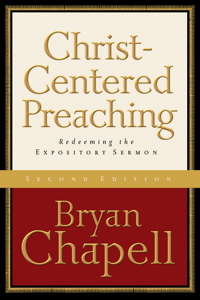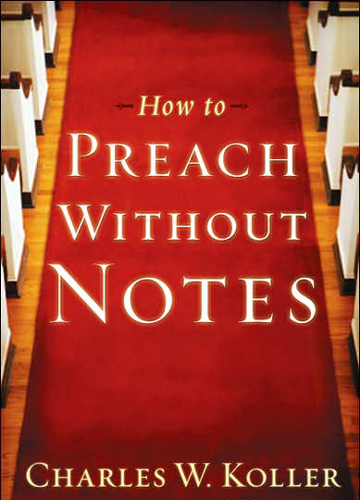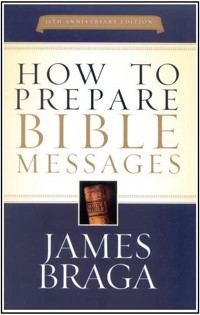|
|
||
How To Outline A SermonHow to outline a sermon involves understanding the basic structure of a sermon. Three Parts To The Sermon
The sermon itself is made up of three parts. For example, a sermon must have an introduction. It also must have a body and it must have a conclusion. The introduction to your sermon simply introduces the subject of your sermon or the topic of your sermon. The body of the sermon expands and explains the subject of your sermon or the topic of your sermon. The conclusion of the sermon reiterates and reinforces what you have just spoken about in your sermon. Three Parts To The Sermon OutlineThe sermon outline also has three parts. Your sermon outline must have a main preaching point. This is often referred to as the subject of your sermon or the topic of your sermon. The Main Preaching PointFor example, you may want to preach on the topic or subject of temptation. To develop the main preaching point, you will need to look at temptation from some angle or perspective. You may want to look at how to resist deadly temptation. How to resist deadly temptation becomes your main preaching point of your sermon. The Key Word or Hinge WordOnce you have your main preaching point, you will need to find a key word or hinge word (must be a plural noun) that will help you expand or explain the subject of your sermon. For example, you may use the word, ways. There are three ways to resist deadly temptation. They involve understanding the source of temptation, the steps in temptation and the solution for temptation. The Sub-points and Incident PointsThe sub-points simply help you to expand and explain your main preaching point. Using the example above, your sermon outline may look like this: There are three ways to resist deadly temptation. They involve…
Incident points simply help you to expand and explain your sub-points. You may want to expand and explain your second sub-point. There are three steps in deadly temptation. They are…
To put this in a complete outline, it would look something like this. There are three ways to resist deadly temptation. They involve…
There are three steps in temptation. They are… How To Outline A Sermon points out the importance of outlining your sermon before you write content to your sermon. Once you have written content to your sermon outline, you can write the introduction and conclusion to the sermon. Three Sermon StructuresThe Deductive MethodThere are different ways to structure you sermon or sermon outline. The sermon above follows the deductive method. The deductive method simply begins with the main preaching point followed by the sub-points and the incident points. The Inductive MethodYou can also use the inductive method. The inductive method simply begins with the sub-points and incidental points and move toward the main preaching point. The inductive method is a tool you can use to preach narratives. The Deductive and Inductive Method – A Bit of BothWhen you use the inductive method, there are usually opportunities to use deduction to outline parts of your sub-points. This will help you to expand and explain certain material within your inductive sermon. You can find an example of this by clicking the following link – Deductive and inductive sermon outline. Book Resources
If you are collecting books for your library, then you should consider Christ-Centered Preaching by Bryan Chapell. Byran Chapell's approach to preaching stresses expository preaching because he believes Bible exposition alone offers authority and redemptive power. Byran Chapell teaches preparation, organization, and delivery basics and offers help for special preaching situations. To purchase this product, click here for more information. 
This is another great book for your library on homiletics. How To Preach Without Notes by Charles W. Koller will teach you the mechanics on sermon preparation. Learning the mechanics of sermon preparation will help you prepare for the pulpit with a freedom to preach the word of God to the people of God. Dr. Charles W. Koller argues for the primacy of expository preaching without notes and articulates its distinctive principles. Among the eighteen topics he discusses are the biblical conception of preaching, the advantages of preaching without notes, homiletical devices, the importance of structure and the systematic filing of materials. To purchase this product, click here for more information. 
How to Prepare Bible Messages by James Braga is another great book on homiletics for your library. This is a how-to-do-it book that lives up to its promise. James Braga teaches clearly and logically the step-by-step process of preparing and delivering effective sermons. Instructions are spelled out simply, so even a novice can follow them without a teachers's help. To purchase this product, click here for more information. These three book resources will definitely help you learn how to outline a sermon. Related Resources and Tips |
SEARCH THIS SITE |
|
|
|
||
|
Return to top
Homepage | Free Topical Sermons | Free Expository Sermons | Free Evangelistic Sermons | Free Christmas Sermons Free Easter Sermons | Free Mothers Day Sermons | Free Short Sermons | Free Sermonettes | Free Wedding Messages Free Sermons For Young People | Free Sermons For Youth | Free Sermons For Children | Free Online Sermons Free Sermon Outlines | Free Sermon Illustrations | Sermons Sermons Sermons | How To Write A Sermon | How To Write A Sermon Outline Writing A Funeral Sermon | Web Builders For Churches | Web Hosting For Churches | Web Design For Churches | Web Pages For Churches Web Keywords For Churches | Google Adsense For Churches | Site Map Disclaimer/Disclosure | Sermon Information |
||
|
© Copyright 2008 -
All Rights Reserved No reproduction permitted without permission www.more-free-online-sermons.com How To Outline A Sermon | ||




